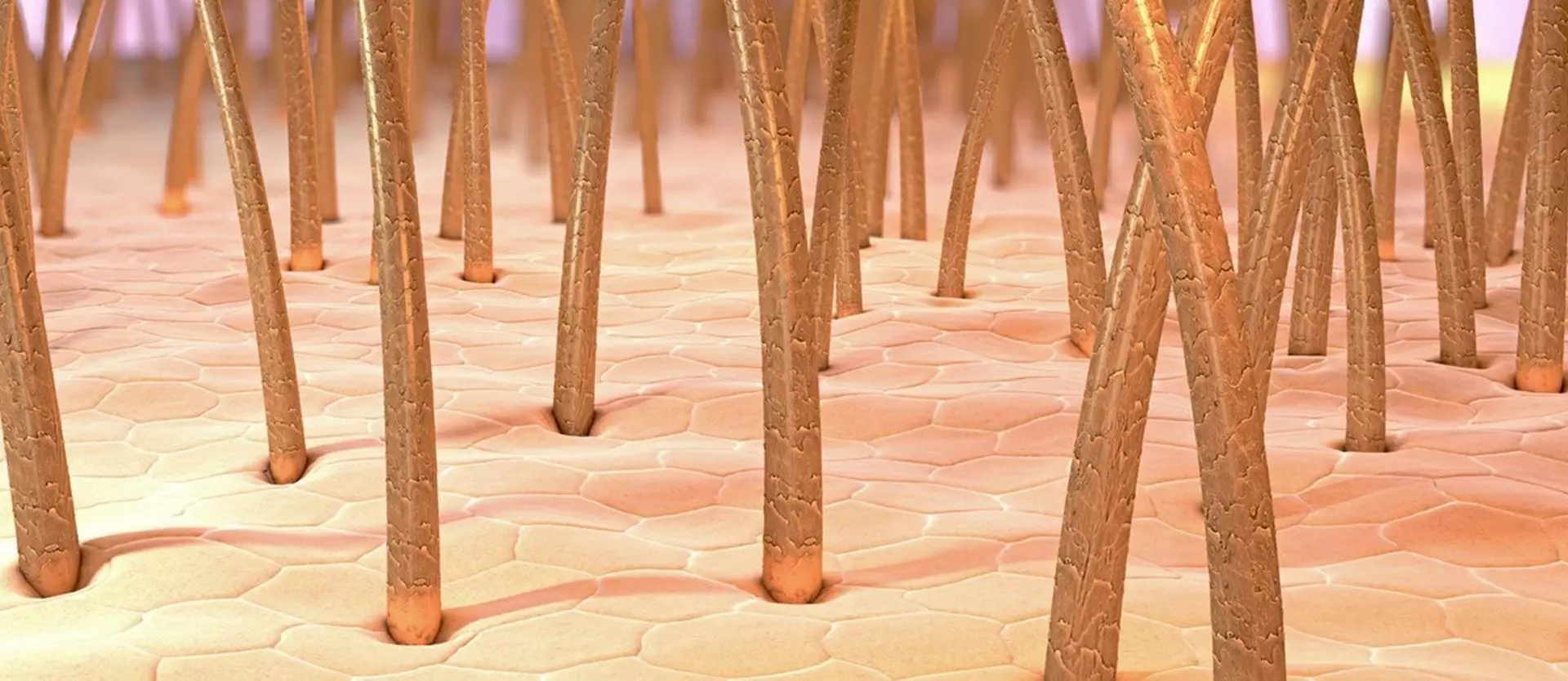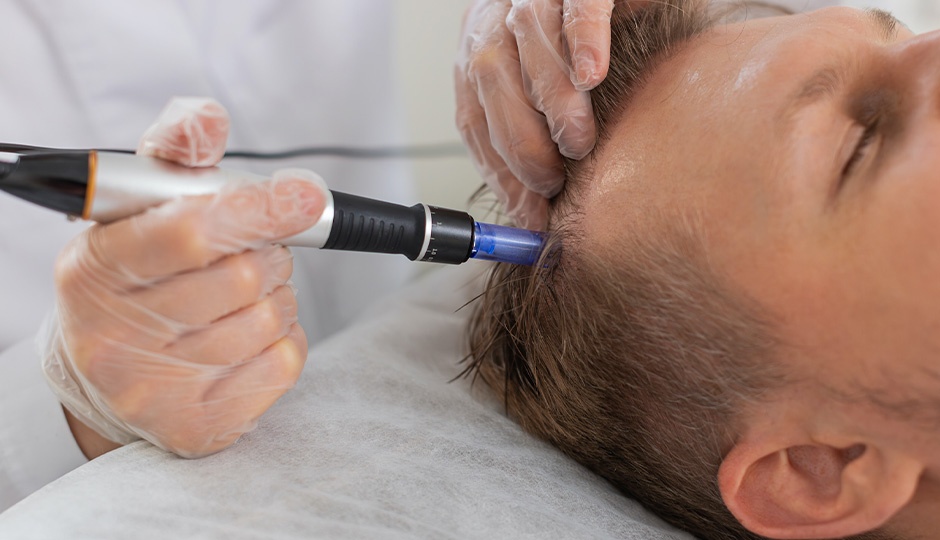No one likes to run out of options when it comes to hair loss. Yet, there are some situations where hair just does not seem to grow back after being lost. Researchers are always looking for new ways to help overcome these challenges. There are many holistic and medication-based methods. Now, there is also the possibility that stem cells may be helpful at helping to encourage natural hair growth, even in those who have seen some significant loss over a long period. Could this option help you?
Take Into Consideration the Research
While the use of stem cells to help encourage follicle growth and health is breaking science, and there is still a lot of work to be done, some researchers have seen a significant amount of improvement and promising results.
Researchers at UCLA are one example of this. Recently, they have found a new way to activate the stem cells located in hair follicles. The goal is to do this to allow those stem cells to repair damaged cells in the area, therefore allowing hair to grow. The research the organization is doing could help in the development of new medications that help to promote hair growth in people who have conditions such as auto-immune related hair loss or androgenetic alopecia.
Hair follicle stem cells are considered long-lived cells. They are located in the follicle itself. They remain present throughout a person’s lifetime. Stem cells are like the master copy of a cell. They can aid in the production of new cells in the area, allowing these new cells to do the work necessary in the follicle. Stem cells are typically inactive, which means they are dormant. They can be activated – which this research found – and that could lead to the development of healthy hair follicles in areas where the cells may be damaged and thus not growing hair.
How Does the Science Work?
In this new method of restoring function to follicles, scientists found that hair follicle stem cells are significantly different from other cells in the way their metabolism. Cellular metabolism is the process of breaking down nutrients necessary for each cell to divide into new cells. It also aids in the process of producing energy and helps cells respond to their environment. Metabolism uses enzymes that alter the nutrients. As they do this, they produce metabolites.
When hair follicle stem cells use nutrient glucose, a type of sugar that is used for energy, they process the glucose to produce a metabolite. That metabolite is called pyruvate. The cells then send pyruvate to their mitochondria, or they can convert it into another metabolite called lactate.
What scientists worked on was determining if these stem cells would make more lactate – if they could encourage that process. That lactate helps to activate the cells and helps hair to grow at a faster rate. Prior to the study, researchers did not know if blocking lactate would have an effect on the production of hair. The study showed them that, using several different types of drugs, they may be able to manipulate the process enough to encourage hair growth.
How Can You Get Involved?
Unfortunately, the use of stem cells for hair growth is a brand new level of science. That means it is not readily available just yet. The scientific team working on the project at UCLA has a lot of work to continue to do to determine the long-term effects and how receptive the process is. They believe they have a resource that could help people later after more research is conducted on the process.
Until then, those who have hair loss or hair thinning will need to continue working on other steps that may help them improve hair growth. That includes eating a nutrient heavy diet, reducing that amount of stress in your life, and improving the overall care of the skin and scalp. It may be wise to work with a doctor to ensure your hormones are balanced and that you do not have an underlying cause such as a vitamin deficiency that could be behind your hair loss.
Contact the team at Unique Hair Concepts for a free, private consultation.






